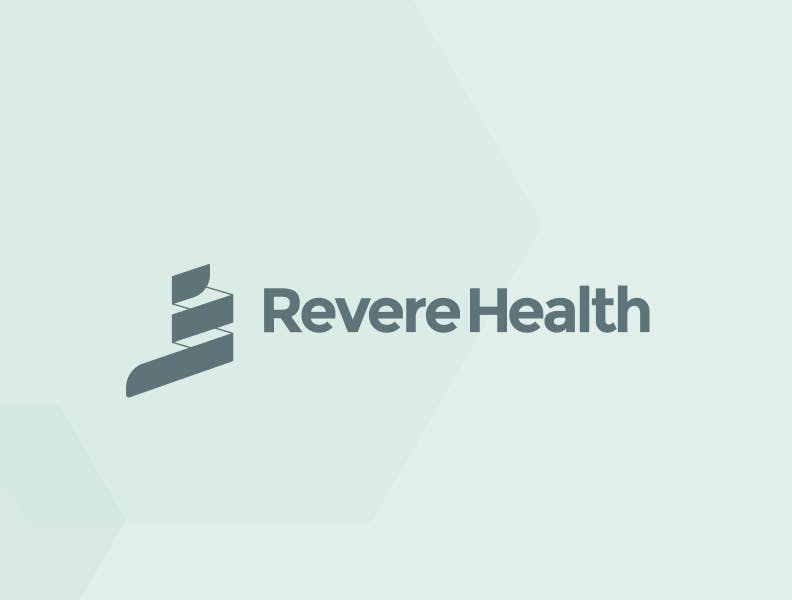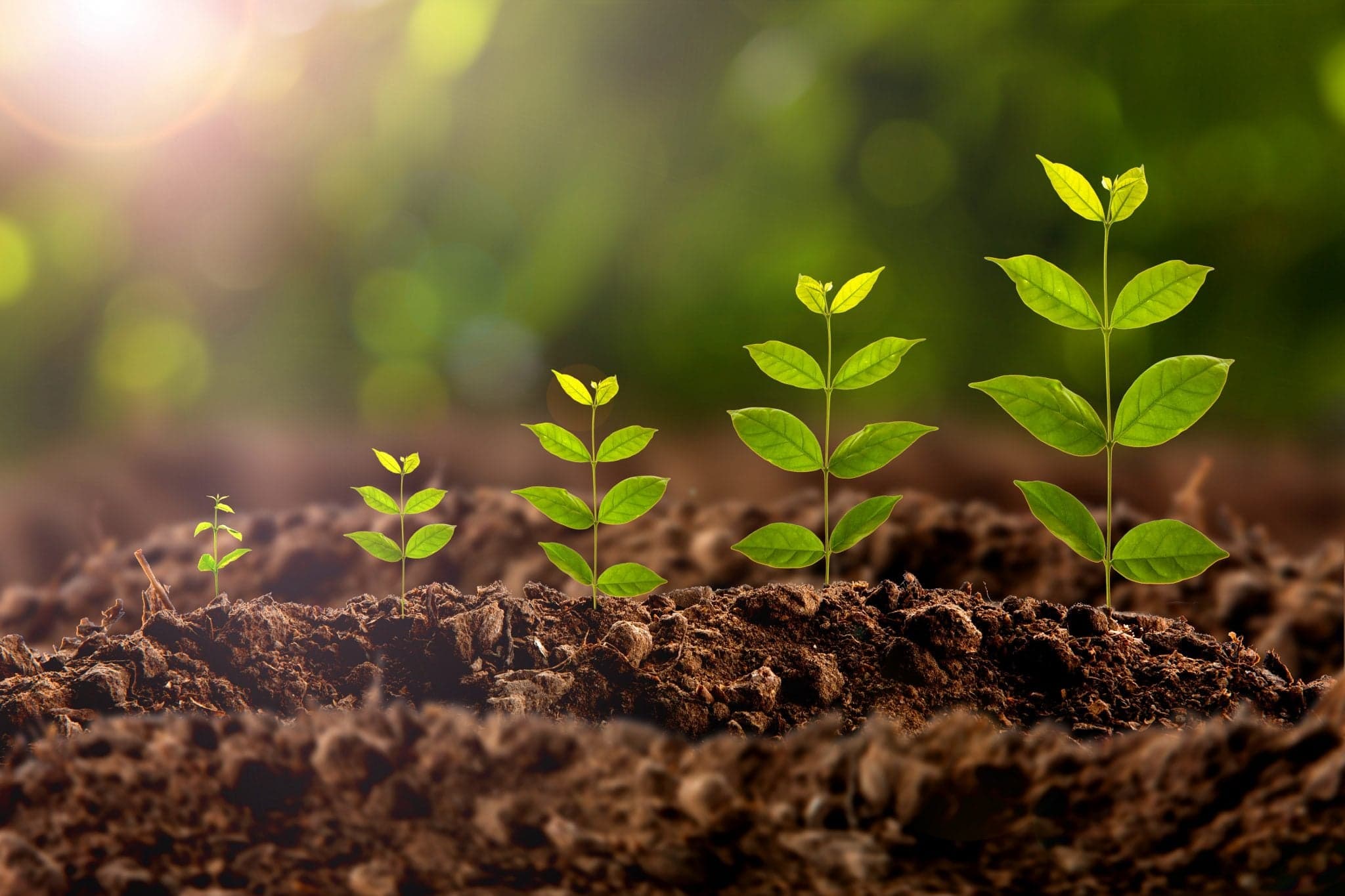
2024-12-19T13:56:10
Ways to Boost Your Immune System During Winter
- Uncategorized
October 6, 2016 | Uncategorized

Schoolhouse and museum skeletons often give the impression that bones are dead. In fact, the bones inside your body are very much alive.
Your bones perform many important functions. The major functions of bones include:
Bones are composed of two layers: a tough outer layer and a spongy inner layer. The outer layer, known as cortical or compact bone, is strong and dense. The inner layer, known as trabecular or cancellous bone, features a light network of connective tissue. This cancellous bone resembles a honeycomb, with the spaces filled with fluid, bone marrow cells that make blood, and some fat cells. The cortical layer provides strength while the special honeycomb shape of the cancellous bone makes bones lightweight.
Bone also contains:
Osteoblasts form the matrix, which is the scaffolding on which other cells can grow. The bone matrix is made primarily of collagen fibers. Osteoblasts eventually trap themselves in the matrix they create. Once embedded, osteoblasts turn into osteocytes, which are responsible for many activities that keep your bones healthy. Osteoclasts absorb old bone tissue to make way for new growth or rejuvenation. Collagen, proteins, and inorganic salts play different roles in the growth and health of your bones.
You had about 300 soft bones when you were born. About one-third of these soft bones fuse together during childhood and adolescence to form the 206 bones of your adult body.
When you were a baby, most of your bones were very tiny and contained a great deal of cartilage, which is a firm tissue but is still softer than bone. As you grew, your body replaced this cartilage with bone, a process known as ossification. This process allows your bones to grow in length and in diameter.
During ossification, cartilage begins to calcify. This means calcium and phosphate salts accumulate on cartilage cells. Surrounded by minerals, the cartilage cells die off and leave small pockets of open space in the cartilage. Tiny blood vessels develop in these pockets and provide the bone with osteoblasts.
Osteoblasts produce layers of cortical bone that surround the cartilage, which then die off to leave empty spaces in the bones. After they make cortical bone, the osteoblasts then transform themselves into osteocytes and make their way into the middle of developing bones. There they use enzymes and acids to dissolve the cancellous bone and make room for more marrow. The process continues until all the cartilage has turned into bone.
Osteoblasts also produce a substance containing collagen fibers, which give bone matrix its strength. Additionally, osteoblasts aid in the collection of calcium along the collagen fibers to build bones. The system is somewhat like making reinforced concrete, where the fibers act as metal rods that provide structure for the concrete mix of calcium.
Simply adding tissue to the end of a bone would seem to be the easiest way to grow a longer bone, but it would interfere with the way your joints work. Instead, the body adds new material to the epiphyseal plate or growth plate. Cartilage develops on one end of the growth plate, which is located near the end of a bone, and the addition of this cartilage pushes the end of the bone to make it longer. Ossification then hardens the cartilage at the other end to form hard bone. The process continues until the bones finish growing. The epiphyseal plate then calcifies and the bones cannot grow longer.
Making bones grow in diameter is more straightforward – the body simply adds more bone tissue on top of old bone. To prevent bones from becoming too dense and heavy during growth, osteoblasts add bone tissue to the outer layer of bone tissue while osteoclasts remove some tissue from the inside of bones.
Bones stop growing in length during puberty. In fact, your bones stop growing altogether at about age 25. Bone density and strength, however, continue to change during the course of your lifetime. They can heal and repair themselves in case you break one. Bones undergo a constant renovation that somewhat resembles a construction zone, with osteoclasts carrying sections of old bone away while osteoblasts and osteocytes patch the newly created holes with fresh material.
Bones are strong but they can break. Bones go through four basic stages of recovery after a fracture. A fracture hematoma, or blood clot, develops first. The blood clot stabilizes the bone and prepares it for healing. The hematoma then turns into a soft callous that deposits calcium to help heal the bone. Osteoclasts and osteoblasts turn the soft callous into a bone callous. A hard shell develops over the fracture to protect and stabilize the bone as it heals.
Keeping your bones strong can reduce your risk for fractures. As many as half of all women and one-quarter of all men will fracture a bone at some time because of osteoporosis, according to the Arthritis Foundation. Osteoporosis is a condition that causes bones to become weak and brittle. Fortunately, you can take steps to keep your bones strong and reduce your risk for fractures.
Eat a healthy diet. Focus on foods that contain calcium and vitamins C, D, and K. Low-fat dairy foods, fish, fruits and vegetables are good sources of these nutrients.
Quit smoking. Smokers have lower bone mass and a higher risk for fractures as compared with non-smokers.
Reduce alcohol and soda intake. Limit alcohol intake to seven drinks per week for women and ten drinks weekly for men. Soda may reduce bone density. Replace soda with milk or calcium-fortified fruit juice.
Exercise regularly and maintain a healthy weight. Being too heavy or too thin increases the risk for osteoporosis. Weight-bearing exercises, such as walking or strength training, strengthen bones by stimulating the production of bone cells.
Spend a little time in the sun. Your body uses vitamin D, which it can get from the sun, to absorb calcium and build strong bones. Getting 5 to 30 minutes of sunshine a couple of times a week helps your body get all the vitamin D it needs for strong bones.
For more information on how to keep your bones strong, make an appointment with Revere Health. Our orthopedic professionals provide a full-range of orthopedic services related to musculoskeletal conditions.

Orthopedics is rewarding for me because it allows me to help patients with injuries and get them back into action quickly. My classes in anatomy initially sparked my interest in medicine and also led me to choose orthopedics as a specialty. I love meeting people of all ages in my practice—I see kids, athletes, adults, and retirees. I enjoy being able to understand people’s unique situations and trying to help them recover. I tend to be conservative with my surgical treatment, and much of my training is in minimally-invasive procedures, such as arthroscopy. I believe everyone deserves a trial of more conservative treatment before moving to more invasive treatments such as surgery.

WRITTEN BY:
The Live Better Team

2024-12-19T13:56:10

2020-03-27T15:01:51

2019-12-26T14:50:18

2019-11-25T13:22:55
This information is not intended to replace the advice of a medical professional. You should always consult your doctor before making decisions about your health.